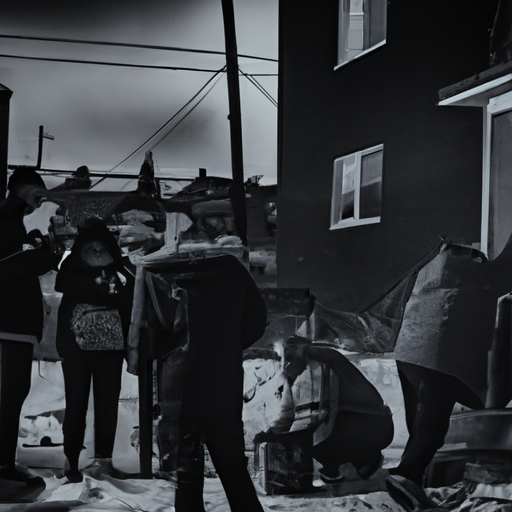The Canadian Opioid Crisis: An Analysis and the Necessary Response
Canada’s ongoing opioid crisis has been a topic of great concern and debate for public health officials, policymakers, communities, and families alike. Stemming from a rapid increase in the use of prescription opioids and illegal drugs, the impact of this crisis has been devastating – with increasing cases of addiction, hospitalization, and death being recorded across the country. The issue is not confined to any specific demographic or geographical area; it has caused widespread socio-economic disruption and most tragically, loss of human life.
Recently, an in-depth article titled “B.C. asks Health Canada to reconsider placement of residents with opioid addictions” outlined a part of Canada’s complex response to this crisis.
Highlights of the Current Situation
The effects of the opioid crisis across Canada are multifaceted. While the clear human toll is heartbreaking, there are broader impacts on various sectors and communities to consider. Here are key points that bring clarity to the current situation:
- There has been an increase in the number of homeless people in Quebec linked with an increase in opioid use.
- The opioid crisis has led to a surge in crime rates in residential areas where opioid addicts reside.
- Various provinces, including British Columbia, launched an opioid class action initiative against drug manufacturers.
- Naloxone, a drug used to counter the effects of an opioid overdose, has become an important tool in saving lives.
A Rationale for Change and Response to The Opioid Crisis
The above article details British Columbia’s unique response to this prevalent problem. The province is calling on Health Canada to reconsider its current policies on where and how individuals with opioid addictions are housed. This plea is driven by the concerning uptick in homelessness and crime rates in residential areas.
Additionally, a significant measure Canada has taken at the provincial level is the commencement of a Canadian opioid abatement class action. This initiative seeks to hold drug manufacturers accountable for their role in this crisis. These proceedings, led by British Columbia, represent an attempt to recuperate governmental costs related to opioid misuse, and are a crucial step towards addressing this complex health crisis.
The Role of Naloxone in Tackling the Opioid Crisis
A notable strategy being employed in the fight against the opioid crisis is the expansion of access to naloxone. Naloxone has proven to be an effective medication for reversing the effects of opioid overdose. An overdose of opioids can often lead to severe respiratory depression or even death; the administration of naloxone can counteract these dangers and has the potential to save lives. This expansion is a hopeful move towards reducing opioid overdose-associated deaths.
Key Takeaways
The opioid crisis in Canada is a multifaceted issue requiring a multifaceted response. Current responses include addressing the influx of homelessness, rising crime rates, and holding drug manufacturers accountable through opioid class action initiatives. Using lifesaving drug naloxone is a cornerstone of reversing opioid overdoses. Measures are being continually sought to effectively address the issue; the subsequent impact and effectiveness of these initiatives have yet to unfold fully.
It’s essential that we, as civic and community leaders, continue to stay informed and help inform our communities about measures being taken to address this crisis. This shared understanding is an essential foundation for effective strategy and policy development in our collective fight against the opioid crisis.
